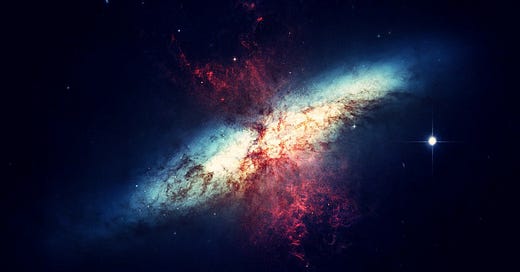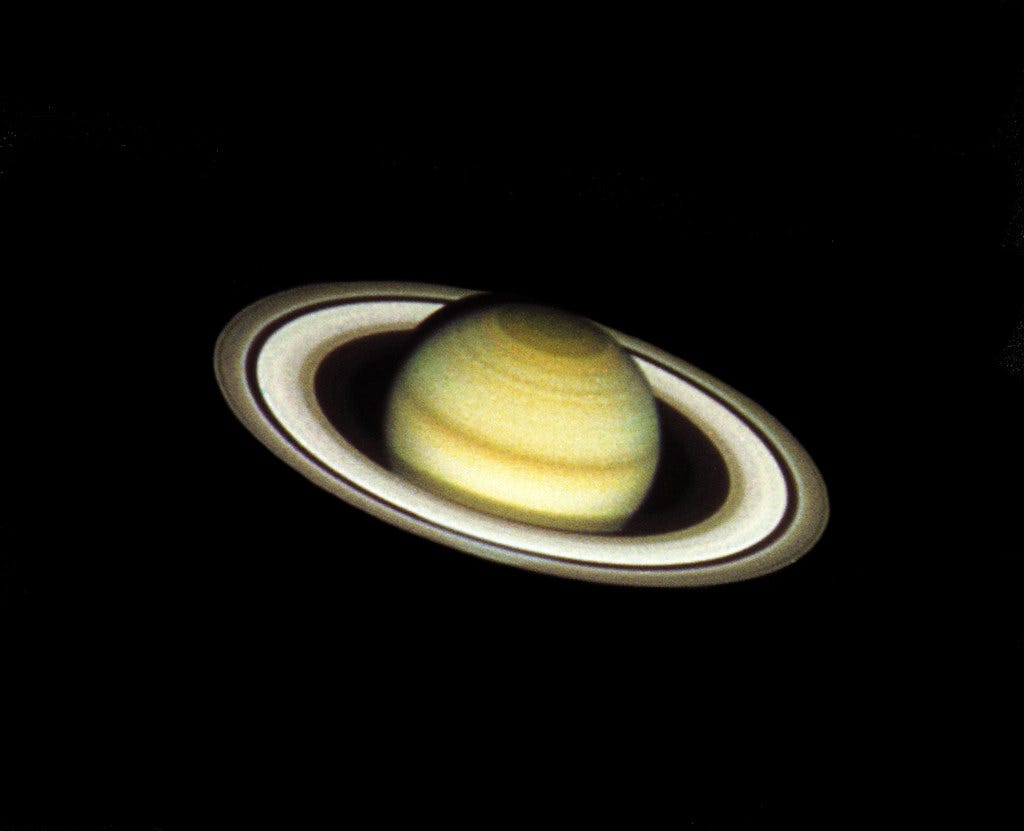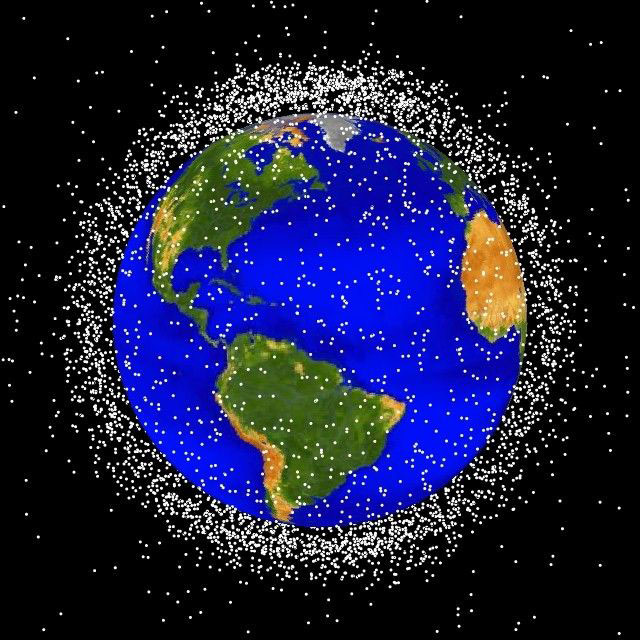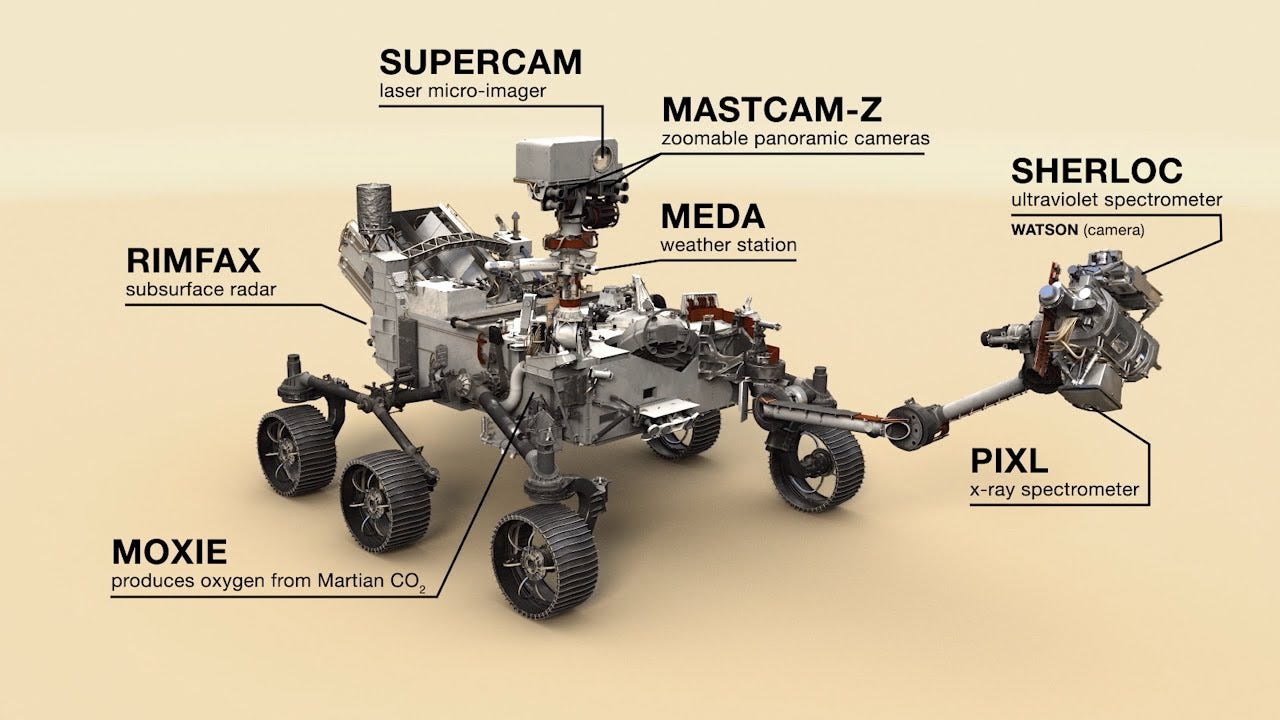IEX #172: Space Time!
Space isn't just about space, it also holds the keys to the mystery of time.
It looks like you’re stuck with a Saturday edition for the moment! Enjoy this week’s musings on the evolution of space exploration and what it means for our understanding of time.
I keep a special list of things that we were taught in school, which have since been changed, withdrawn, or updated. At the top of the list, is that there aren't 9 planets in the solar system, because Pluto has been demoted. Space, after all, is the one area, where we're quite likely to revise any previously held knowledge.
Space has been a melting pot for science and fantasy over the years, as the vast oeuvre of Hollywood films and the mythical status of NASA can both testify. From the disasters of Challenger (1986) and Columbia (2003) to the success of Apollo 11 (1969) and the Mars Rover (2019), there's been triumph and tragedy in equal measure amidst the steady progress.
Over the course of the last hundred years, the study of space has also become a study of time. From marvelling at the images from Hubble, we're now scratching our heads about cosmic microwave radiation and its significance. From the arrangement and behaviour of the celestial bodies, and their electromagnetic radiations, comes a better understanding about the origin and history of the universe, and the understanding of time itself.
Actually one of the most mind-bending ideas that I have struggled to get to grips with is the inter-relationship between space, gravity, and time. The physicist Carlo Rovelli has an excellent book - The Order of Time (the audio book is narrated by Benedict Cumberbatch), where outlines his ideas about quantum gravity. Amongst other things he explains that time changes with gravity. It moves at different 'speeds' - you age slower on the earth's surface and faster on top of mount Everest. How much faster? Well it would be about 0.003 seconds over hundred years, so it's largely theoretical. But nonetheless, taken to it's logical and perplexing conclusion, your head is ageing infinitesimally faster than your feet.
Thus is it that today, every major stargazing initiative is more than just that. Yes, there's effort ongoing in the search for other habitable or inhabited planets, or signs of life, or hospitability. But equally there's the ongoing quest to better understand the past and future of the universe. Here are two such examples.
LSST: As you read this right now, atop the mountains in the Elqui province of Chile, the Rubin Observatory is being completed, with the world’s largest ever digital telescopic camera. To get an idea of its size, consider that the mirror is 27 feet in diameter, and the lens was created out of 22 tons of molten glass. It has 32 giga pixels of resolution (that’s 32,000 megapixels). The telescope will point out at the sky and retrieve images every 15 seconds, armed with over 200 sensors, will generate 6 million gigabytes of data every year. The goal, and the project, is known as LSST - Legacy Survey of Space and Time. The images and data generated over 10 years, some 500 petabytes, will address questions relating to the structure and evolution of the universe, including building an inventory of the solar system, and probing dark matter, among others. The point is to conduct a deep survey over an enormous area of sky; do it with a frequency that enables images of every part of the visible sky to be obtained every few nights; and continue in this mode for ten years to achieve astronomical catalogs thousands of times larger than have ever previously been compiled.
JWST: Meanwhile at NASA, the James Webb Space Telescope (JWST) is being readied for launch on the 22nd of December. Unlike the LSST, the JWST will travel to an orbit million miles from the earth. According to the NASA site, the JWST will study every phase of cosmic history—from within our solar system to the most distant observable galaxies in the early universe." The JWST will observe hitherto unknown parts of space and time, by catching infrared light from the universe' first luminous objects, which has been "redshifted" by the expansion of the universe. According to the NASA website "Webb’s infrared telescope will explore a wide range of science questions to help us understand the origins of the universe and our place in it." Of course, JWST will also perform more mundane tasks such as observe exoplanets on other distant stars, to explore any signatures of habitability, based on the chemical compositions of the planets.
All of which makes space tourism and 10 min flights seem rather mundane. In fact as has been pointed out, Jeff Bezos's space flight was even shorter than the time it takes for some tennis players to use the toilet during a match. Space Tourism is also apparently subject to inflation. The latest customers of Virgin Galactic are paying considerably more than the earlier cohort, for the service which is due to launch commercially around the end of 2022. Meanwhile Blue Origin is looking to build the first business park in space - Orbital Reef. And Elon Musk, everybody's favourite next door conventional thinker and incrementalist, is dreaming of multiplanetary living, starting with building Starship, a vehicle that can take a hundred people to Mars.
Keep an eye out in the coming years for two more themes around space. The first is asteroid mining - extraction of material from asteroids and other near earth objects in space. And the other, sadly, is debris - an apparently inevitable consequence of human activity. More than 27,000 pieces of orbital debris are tracked by the US Dept of Defence. But events such as the recent anti-satellite defence missions conducted by Russia, which involved blowing a 2-ton Russian spy satellite launched in 1982, has caused 1500 pieces of new space junk.
You may have seen the fabulous work done by the Mars Perseverance Rover, which included self healing, and launching a tiny helicopter for surface exploration on Mars. And India's first Mars mission - Mangalyaan is still active and sending data. The apparent infinite nature of space would suggest that these are still the tiniest of steps with thousands of years of discoveries still to follow. The spirit of Captain Kirk and Han Solo is alive and well.
Reading This Week
Web 3.0: A Crypto takeover. Whatever happened to the semantic web? (FT)
2022 Tech: A list of 22 technologies for the year ahead. It’s a mixed bag in terms of readiness stages, but see what you make of it. (Economist)
Material Ecology: an ink that’s ‘alive’ - made from microbes, reproduces itself and can be 3d printed into living architecture. (NYT) - W.A.T. Neri Oxman.
Cognitive Bias: A list of 24 major cognitive biases that distort our view of reality. I certainly suffer from the ‘just world effect’. (Visual Capitalist).
Computing: Why the future of computing might have less to do with computing itself (MIT Technology Review)
NFT: Collins’ Word of the Year is NFT
Creativity: Paul Simon is arguably one of the most consistently creative musician/songwriters of all time. Malcolm Gladwell’s audiobook Miracle and Wonder is a brilliant guide into the workings of creativity. A must listen for anybody who is interested in the process and method of creativity.







